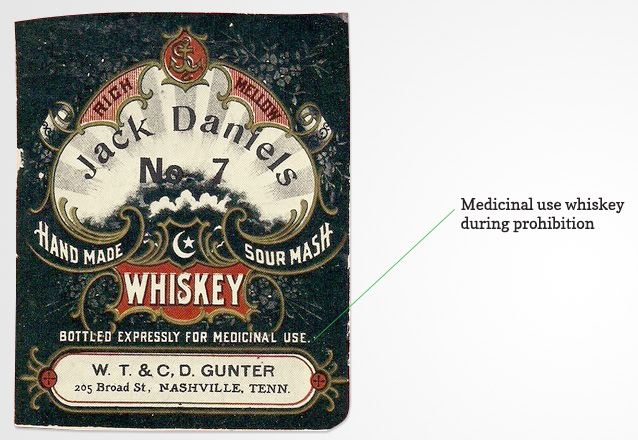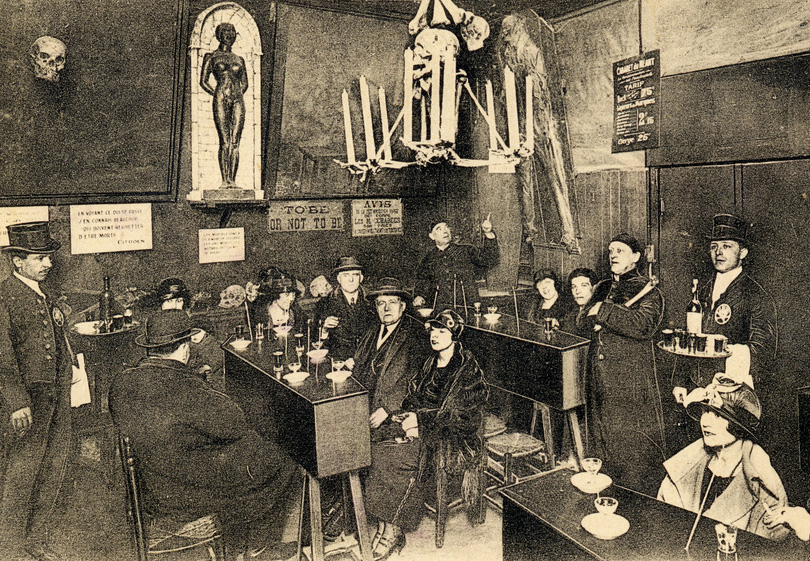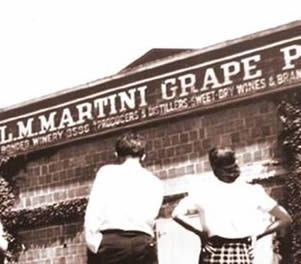Find out what happened in America with some Prohibition facts that will surprise you. Believe it or not, we were still drinking booze and making wine during Prohibition and it was even legal in many cases.
Stunning Prohibition Facts

Orange county deputies dump illegally produced wine. Orange County Archives
Why did Prohibition happen?
Before prohibition was enacted into law, anyone over 15 could drink. At the time, the US was guzzling the equivalent of 27 wine bottle-sized portions of straight alcohol per year; 10-14 times more than the average today. Alcoholism was a problem, but there were also some other problems that Prohibition appeared to fix including child labor, poverty and anti-immigrant views. There was also hatred towards the new immigrant population and their alcoholic customs including beer (German immigrants), wine (Catholics) and whiskey (Irish).
When the Volstead Act passed: many voters felt tricked because they thought lower alcohol drinks like beer and wine would still be allowed.
Over 141 Million Bottles of Wine Sold Before Prohibition
Leading up to the passing of Prohibition, many of the great wineries of the time including Greystone, Brun and Chaix and De Turk concentrated on selling off their stocks through the California Wine Alliance. They needed to sell off stocks of around 50 million gallons of wine (the equivalent of 75 olympic sized swimming pools!).

Pre-Prohibition Wine Buying Freakout
The public stocked up before the law went into effect. After the act passed, a total of 141 million bottles of wine had been sold to the public within a 3 month period. A clever businessman, by the name of Horatio Lanza, saw the months leading up to Prohibition as an opportunity and purchased 1.3 million gallons (the equivalent of 6 million bottles of wine) from the CWA and sold it at a high profit margin.
After the Volstead Act passed there was still plenty of booze
On 12:00 am on January 17th, 1920 the Volstead Act went into effect and for the first year following the act, the public was upbeat with their opinion of ‘The Noble Experiment’. Many wineries shut their doors and poured out their barrels.
Unfortunately, the enthusiasm was short lived when people realized that it didn’t fix US problems. In fact, Prohibition made it harder when both businesses and criminals exploited the loopholes in the law:
Drugstores sold alcohol for medicinal purposes

An estimated 30,000 speakeasies could be found in New York City

Booze Cruises floated aimlessly into international waters

Wine during Prohibition
Despite the passing of the law and many vineyards being ripped out, there were a few loopholes that made it possible to still have wine.
Home Wine Making

Wine bricks were boxes of compacted grapes that were used to make wine at home during prohibition. source
Did you know that you can legally produce 200 gallons of wine a year for personal consumption? It was estimated that home winemaking grew by 9 times its size during Prohibition. Grape growers found business selling ‘wine bricks’ directly to customers. These boxes of compacted grapes were shipped from California to the large population on the east coast. Of course, varieties like Pinot Noir, Chardonnay and Cabernet Sauvignon didn’t survive the month-long freight trip so vineyards planted more rigorous grapes like Alicante Bouschet, a ‘teinturier’ grape that looked more appealing in a brick form.
Sacramental Wine
A few wineries stayed open citing sacramental wine for Catholic service as their sole purpose of production. Some of the wineries to survive Prohibition include:

- Beaulieu Vineyards
- Pope Valley Winery
- Concannon Winery
- Beringer Winery
- Louis M. Martini
- San Antonio Winery (Los Angeles)
- Bernardo Winery (San Diego)
By 1924, government officials were highly suspicious of sacramental wine and pulled many permits due to the rampant growth to nearly a million gallons in just 2 short years.
Illegal Wine Selling
Many farmers replanted their vineyards with prunes, pears and peaches but held onto a few acres of vineyards. During this time, most phones were party lines, so buyers would use code names to request wine from farmers. A great little video on this topic is the story Robert Biale tells of his dad’s Zinfandel wine called Black Chicken.
Repeal of Prohibition in 1933

right-side: ‘groups of girls line up at hotel bars’ – after Prohibition the drinking age had risen to 21 for most states. source
The 18th Amendment, more famous to us as the National Prohibition Act, was one of the fastest US amendments to be created and repealed. It was finally ratified on December 5th, 1933 during President Franklin D. Roosevelt’s term —a fan of dark rum and Plymouth brand gin martinis. There were many reasons it was repealed, but perhaps the most powerful was the stock market crash and the depression. Legalizing the booze business was a great opportunity to collect taxes and pay for the costs of enforcing the Volstead Act.
America: too thirsty for discerning taste?

As much as prohibition helped it also put a damper on America’s discerning taste in wine and other drinks. In the years following the repeal of prohibition, many of industrial wineries were first to fill the demand of a thirsty public. It wasn’t until the 1960’s that wineries began to improve quality, and we are forever thankful for that.